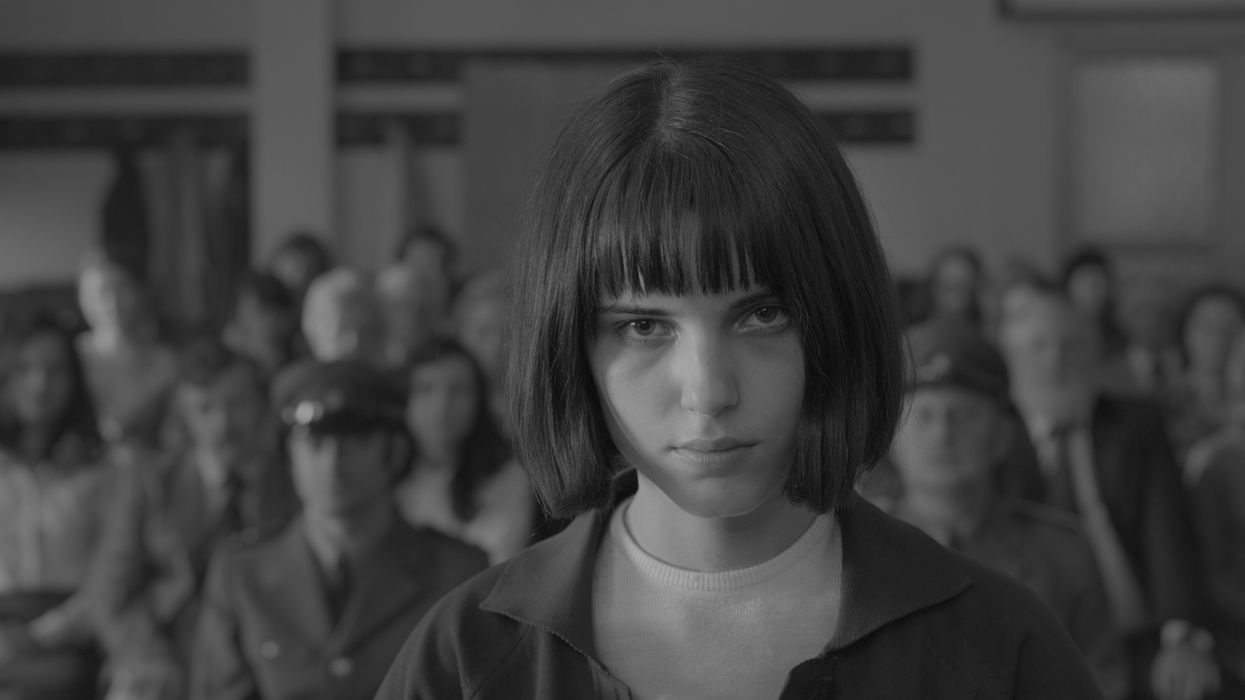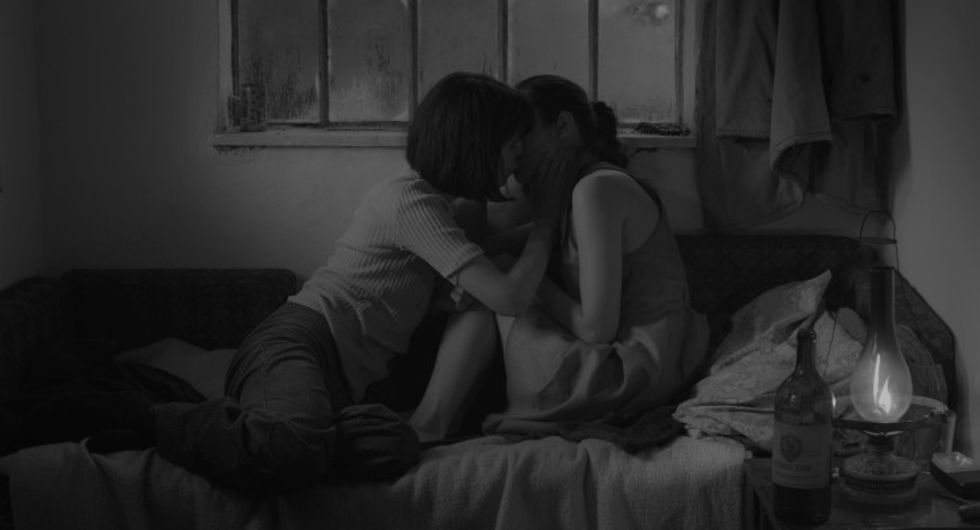Resurrecting a Czech Killer in 'I, Olga Hepnarová', the Film Made by 4 Countries
A bold depiction of a horrifying character emerges from the Czech Republic in I, Olga Hepnarová, the debut narrative feature from filmmaking duo Tomás Weinreb and Petr Kazda.

Set in the 1970s in what was then the Czech Socialist Republic, the movie tells the true story of the last woman to be executed in the country, a suicidal 22-year-old lesbian (played by Michalina Olszanska, also the star of this year’s Sundance selection The Lure) who deliberately ran over a group of pedestrians with her truck, killing eight people.
To illustrate the protagonist’s alienation from her surroundings, the film uses strict formalism: shot in black-and-white, in almost entirely static shots, with no musical score, frequently isolating Olga’s face or body in the frame. The film is a co-production of four countries: Czech Republic, Poland, Slovakia, and France.
The film had its world premiere as the opener for the Panorama track at the 2016 Berlin Film Festival. NFS caught up with co-director Weinreb after the showing to talk about getting four countries to co-finance this “existential drama” and almost shooting in 35mm.
[This conversation has been edited for clarity.]
NFS: Why did you choose to film this picture in black-and-white?
Weinreb: It was [a] very easy [decision]. It was feelings. We wanted to do it because we felt it would be good. We tried to make [a] simple film in black-and-white, and after this feeling it was not so difficult to have the atmosphere we needed, from the '70s.
NFS: Did you want it to look like a film from the '70s?
Weinreb: It’s not about that. We tried to have it a little bit more modern but the inspiration was there, of course. We like great midtones.
"How is it possible that this young girl, a lonely person, could make such a tragic act?"
NFS: What equipment did you use to film this?
Weinreb: We used Panavision Primo lenses. It was the most important for the image. And then the UltraMixer [for sound]. It’s a little better than Epic.
In the beginning we were discussing [shooting the film in] 35mm, but [Sikora] said, "No, no, it’s not good for you, I think, because you would need more takes." But we didn’t do so many takes [anyway], I think. [laughs] It was our first idea, to shoot this film in 35mm, but our cinematographer said, "I don’t think it’s good for you, it would be better to not be stressed."
"It was not possible to make this film in the Czech Republic in the ’70s, in the ’80s. Some people have problems with it."
NFS: And there was no musical score, either.
Weinreb: No, only music in the dance scenes. We talked with [Canadian electronic band] Crystal Castles about music, but they broke up. [Editor's note: Singer Alice Glass left the band in 2014, but the other two members still write and perform as Crystal Castles.] They were an inspiration for us. [So] we decided to be more clear, and not [have] film music.
NFS: How did you have four countries financing this film?
Weinreb: We knew from the beginning that it was impossible for development or produce this film only from Czech Republic. Because we don’t have Czech television, we [only] have [a small] fund from the Czech side. From the beginning we said, it would be good to co-produce it.
We found Michalina in Poland. But it wasn’t that we only wanted money and actors [from Poland]. We thought it would be better [to have] tension between Czech actors and her, the Polish one. We think in Poland, actresses are darker, more “inside,” than in Czech. Maybe. The tension would be good between the Czech actors and her.

NFS: Was the subject matter of the film something the countries were troubled by? The fact that it’s very dark, that it deals with this dark subject in history?
Weinreb: Yes, of course. Because they were worried that we would excuse her, a little bit. The other thing is that [Olga Hepnarová] was taboo in Czech, and we tried to open that. All the time we said that she was a murderer, but we were [also] asking, "How is it possible that this young girl, a lonely person, could make such a tragic act?"
NFS: Were you challenging yourself to make the film using certain aesthetic rules to tell her story?
Weinreb: Yes. For us, it was an existential drama. We tried to do storytelling at the beginning with pictures [the film has little dialogue in the first two acts] only because Olga was very quiet. After the [criminal] act, she tried to explain the “revenge,” or explain the murder. She speaks too much, maybe. But for us it was important.
NFS: Were you trying to emulate other Czech or Polish films?
Weinreb: I think it’s occasion, not the movement. Directors who try to make this film in this way don’t care about other films. We love to talk about other films -- we dedicated this film to [Czech New Wave auteur] František Vláčil. But for us it wasn’t only about that. It was personal -- It was not possible to make this film in the Czech Republic in the ’70s, in the ’80s. Some people have problems with it.
It’s an existential drama, and we needed the Communist area for the atmosphere, for the situation, but we don’t want some policeman or government officers to have problems with Olga and so on. Now, in Czech, [Communism finds its way into] any topic, and everywhere there’s some guy from Secret Police, every sentence. It wasn’t true about this story, and I think it’s not true all [the time]. Olga wanted to kill all the world, not the Communist society.
Thanks, Tomás!
To learn more about I, Olga Hepnarová, check out the film's profile on the Berlin Film Festival website.
Be sure to check back for more coverage of Berlinale 2016.











